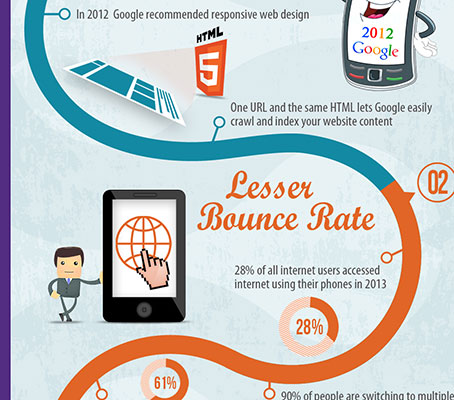Website Design Essentials: Tips For Structure A User-Friendly Site
Website Design Essentials: Tips For Structure A User-Friendly Site
Blog Article
Post Written By-Scarborough Ehlers
When it involves web site style, guaranteeing user-friendliness is vital. From Digital Marketing Agency Youtube to streamlined navigating, every aspect plays an important duty in creating a site that satisfies your audience's needs. However what concerning the better information that can make or break a customer's browsing experience? Stay tuned as Suggested Site discover some often-overlooked suggestions that can raise your site's usability to the following level, making it really stick out in the electronic landscape.
Relevance of Responsive Style
Receptive layout is a critical facet of contemporary site growth. Guaranteeing your website is receptive ways that it can adjust to various screen sizes and tools, supplying a smooth experience for users.
With the boosting use mobile phones and tablets to access the net, having a receptive layout is vital for getting to a wider audience. It helps in boosting user experience by making your web site easy to browse and read on any kind of device.
Furthermore, receptive style can favorably impact your online search engine positions, as online search engine like Google prioritize mobile-friendly websites. By having a responsive style, you're also future-proofing your web site, as brand-new devices with varying screen sizes continue to emerge.
Simplify Navigating Structure
To improve customer experience and assist in easy access to info on your website, enhancing the navigation framework is critical. When creating your website, concentrate on creating a clear and intuitive navigating menu that assists visitors locate what they're seeking rapidly.
Limit the number of food selection products to the basics, grouping associated pages with each other to stay clear of frustrating individuals. Use descriptive labels that plainly indicate the web content of each web page, making it easier for customers to recognize where each link will certainly take them.
Take into consideration carrying out dropdown menus for subcategories to avoid jumbling the major navigating bar. Furthermore, consist of a search bar plainly on the web page for individuals that prefer looking for details info.
Prioritize mobile responsiveness in your navigating design to make sure simple gain access to on all devices.
Enhance Web Page Lots Rate
Improving web page tons rate is essential for preserving visitors on your internet site. Slow-loading web pages irritate users and can lead to high bounce rates. To maximize web page lots rate, beginning by maximizing photos. Compress images without endangering high quality to minimize their data sizes.
In addition, enable browser caching to save often accessed resources locally, quickening tons times for returning visitors. Minify CSS, JavaScript, and HTML documents by eliminating unnecessary characters, comments, and format, enhancing lots speed.
Think about making use of a web content shipment network (CDN) to disperse your web site's content throughout multiple servers worldwide, minimizing latency for customers accessing your site from various places. Lastly, limit using third-party manuscripts and plugins, as they can considerably influence lots times.
Conclusion
Finally, by including responsive style, simplifying navigating, and optimizing page lots speed, you can develop an easy to use web site that interest a larger audience and improves user experience. These essential elements ensure that visitors can easily gain access to and navigate your website across different devices, leading to raised interaction and contentment. By concentrating on these essential facets, you can build an effective site that maintains customers returning for even more.
